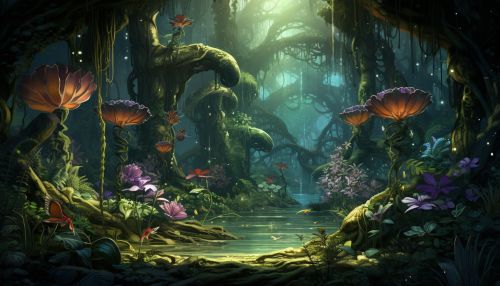Phenotype
Introduction
Phenotype refers to the observable physical properties of an organism, including its morphology, development, biochemical and physiological properties, behavior, and products of behavior. These properties are the composite of an organism's genetic makeup and the influence of environmental factors. Unlike genotype, the phenotype can change during an organism's lifetime, depending on environmental conditions.
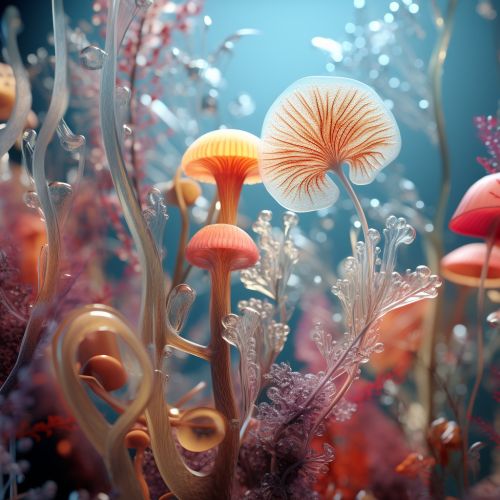
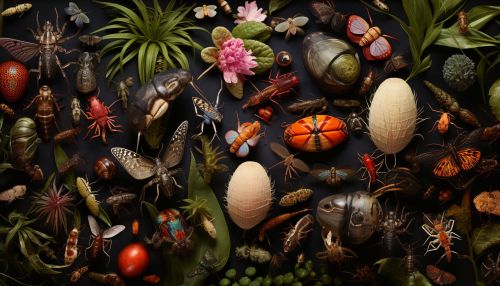
Phenotype and Genotype
The phenotype of an organism is determined by the interaction of its genotype with the environment. The genotype is the set of genes in an organism's DNA that is responsible for a particular trait. The phenotype is the physical expression, or characteristics, of that trait. For example, two mice that look virtually identical could have different genotypes. But if they live in the same environment, they will have similar phenotypes.
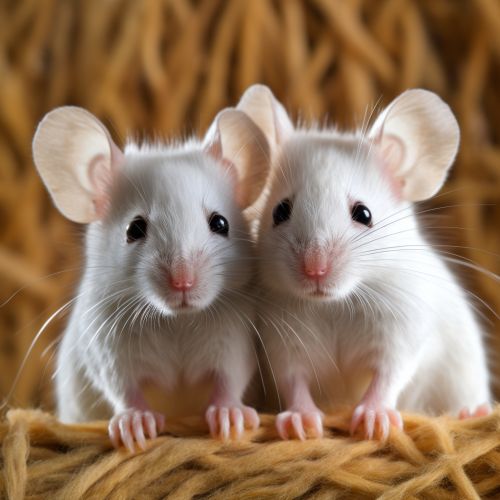
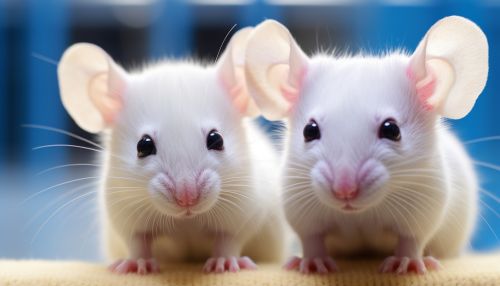
Phenotypic Variation
Phenotypic variation (due to underlying heritable genetic variation) is a fundamental prerequisite for evolution by natural selection. It is the living organism as a whole that contributes (or not) to the next generation, so natural selection affects the genetic structure of a population indirectly via the contribution of phenotypes. Phenotypes may be influenced by the organism's developmental noise, genotype-environment interaction, and the stochasticity of the environments.
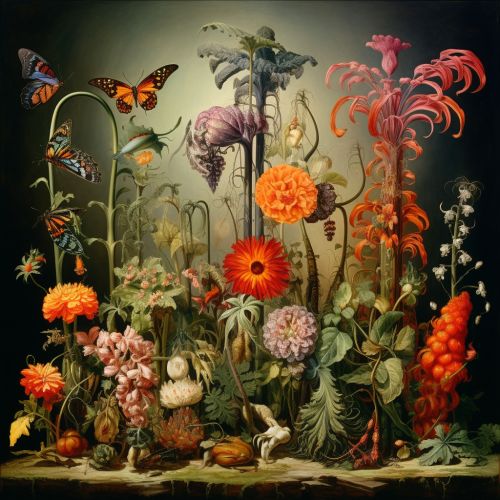

Phenotypic Plasticity
Phenotypic plasticity refers to some of the changes in an organism's behavior, morphology and physiology in response to a unique environment. Fundamental to the way in which organisms cope with environmental variation, phenotypic plasticity encompasses all types of environmentally induced changes (e.g., morphological, physiological, behavioral, phenological) that may or may not be permanent throughout an individual's lifespan.

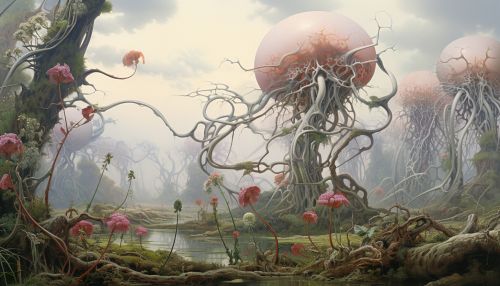
Extended Phenotype
The concept of extended phenotype significantly broadens the understanding of phenotype. It includes all effects that a gene has on its surroundings, including other organisms, that may serve to further its own propagation. The concept was proposed by Richard Dawkins in his book "The Extended Phenotype".

